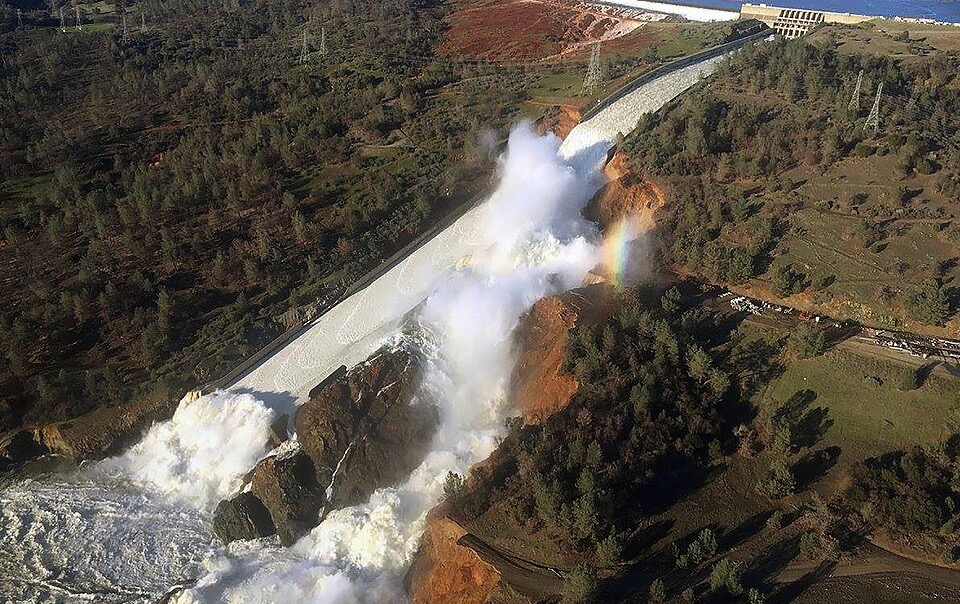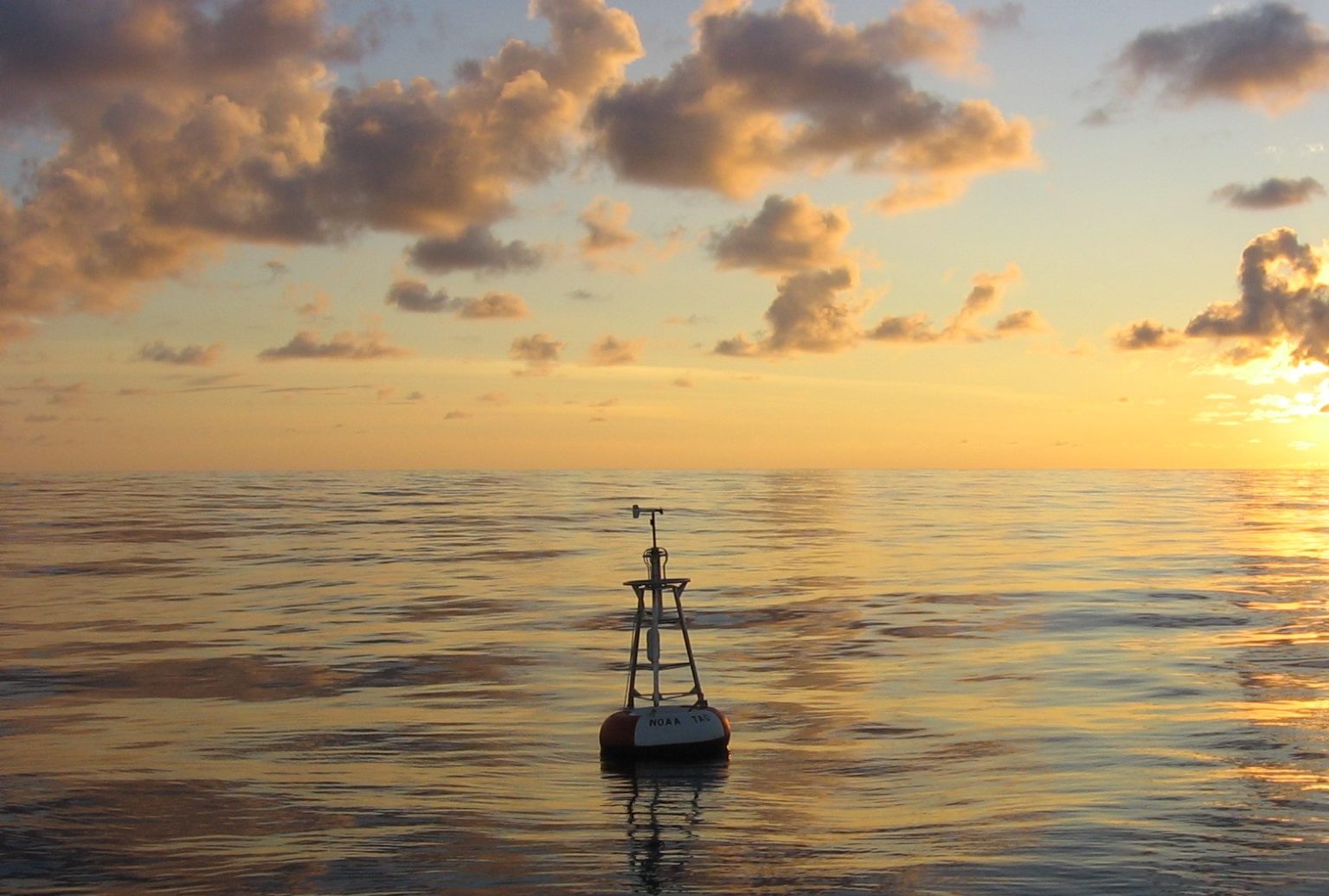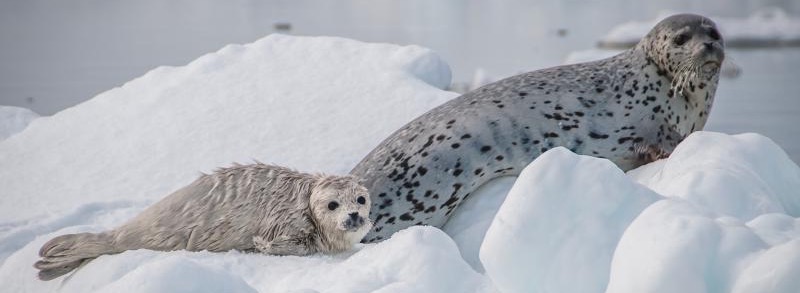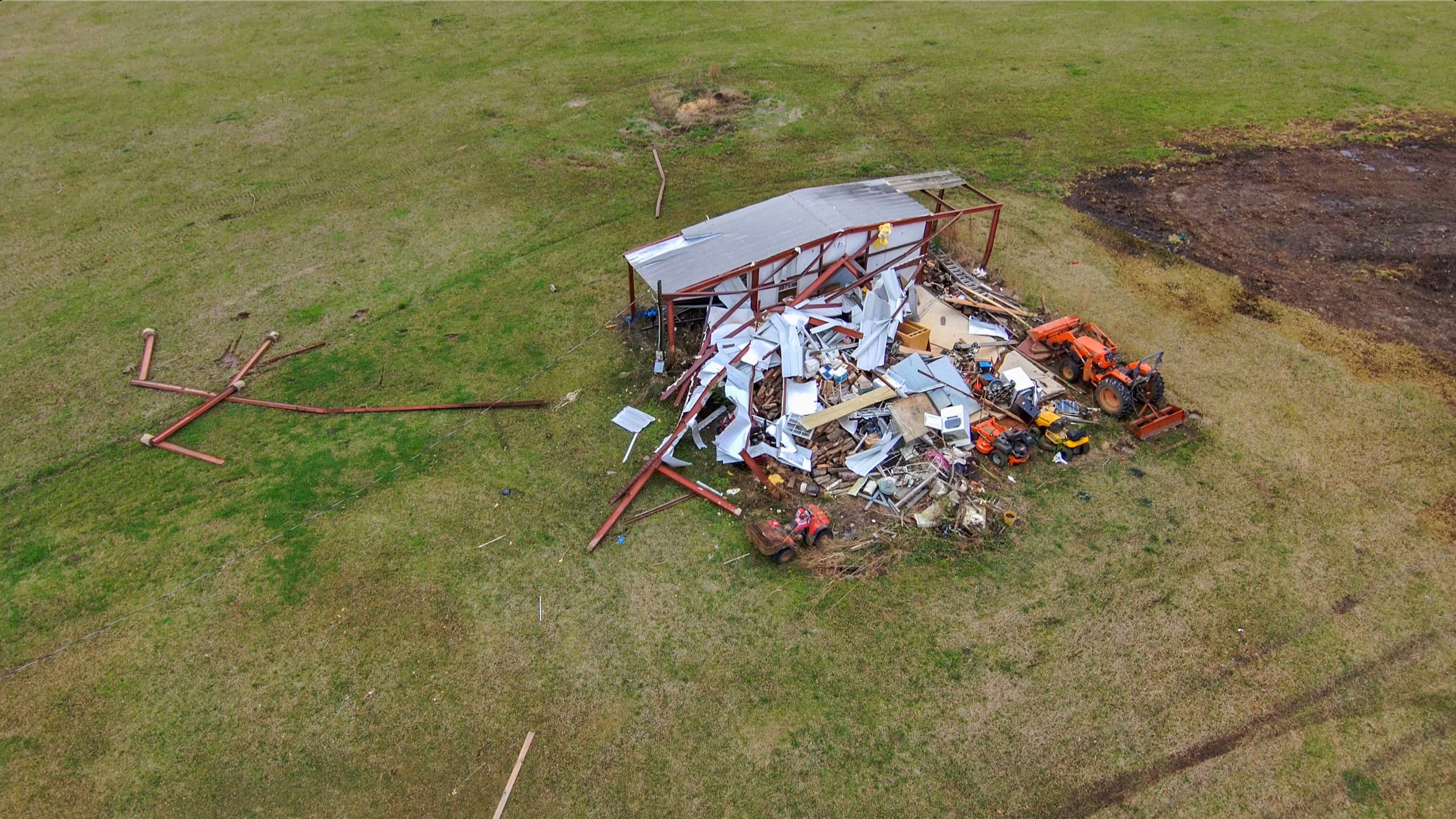New clean fuel regulations in California and voluntary slowdowns by shipping companies substantially reduce air pollution caused by near-shore ships, according to a new NOAA-led study published online today in Environmental Science & Technology.
Scroll to Top
Popup Call to Action
A prompt with more information on your call to action.



